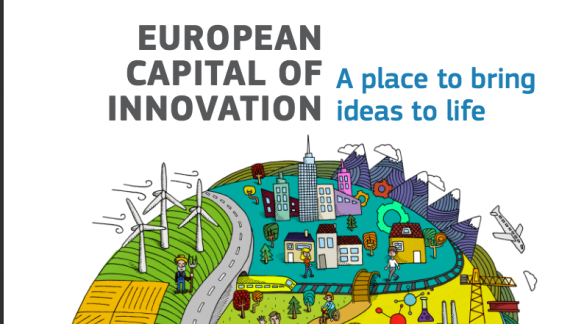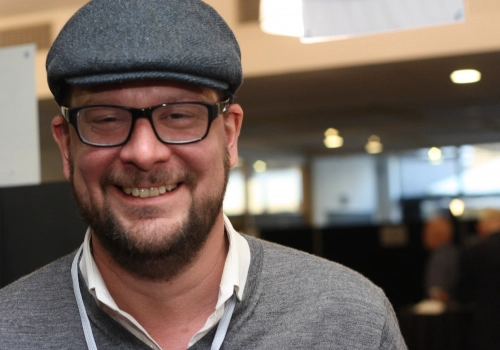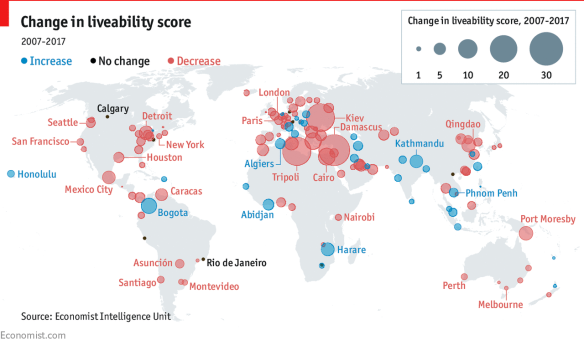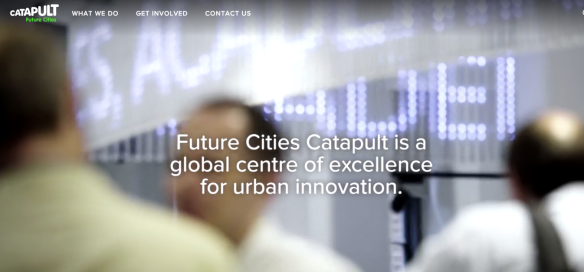Finland always finds itself in one the jumbo positions in the Eurovision Song Contest (with just one exception fortifying the rule, Lordi).
Comforting, then, that at least the country seems to punch above its weight in urban innovation. Latest recognition comes from the European Commission, which has not one, but two Finnish cities among the finalists for the next iCapital, European Innovation Capital. Both Helsinki and Tampere are on the shortlist of ten cities – established national capital vs. frantically growing regional capital. The other eight cities are Aarhus, Berlin, Copenhagen, Nice, Paris, Tallinn, Tel Aviv and Toulouse (tellingly, no UK cities), so it is going to be a tough battle.
The current iCapital, class of 2016, is Amsterdam. I was in the Charles Landry -led selection jury back then. The Finnish applicant was Espoo, whose hermetically inward-looking application did its best to hide the fact that Espoo is one of the three cities forming the Helsinki metropolitan region (sorry, Espoo). In general, cities were yawningly citizen-driven, best of this and that (with varying amount of proof), oh so international, and all over the place.
The shortlisted ones were able to prioritise, concretise and resource their ideas, balancing the big picture with realistic plans – after all, the iCapital award is just a million, and a year is a short time. In the last round the finalists presented their cases to the jury. Best cities managed to tell a believable and genuine story, adding colour to their written proposals and convincing the jury that they do master the content behind the buzzwords. They had also rehearsed their presentations well – an obvious thing, except it wasn’t.
Tampere and Helsinki are driving forces in the pioneering Six City Strategy, one of the last large projects I won while still in Forum Virium Helsinki. I know well the folks from both cities – rather happy to not to be in the jury this time. Will just put my money on the Finns, either of the two. May the best city win.






